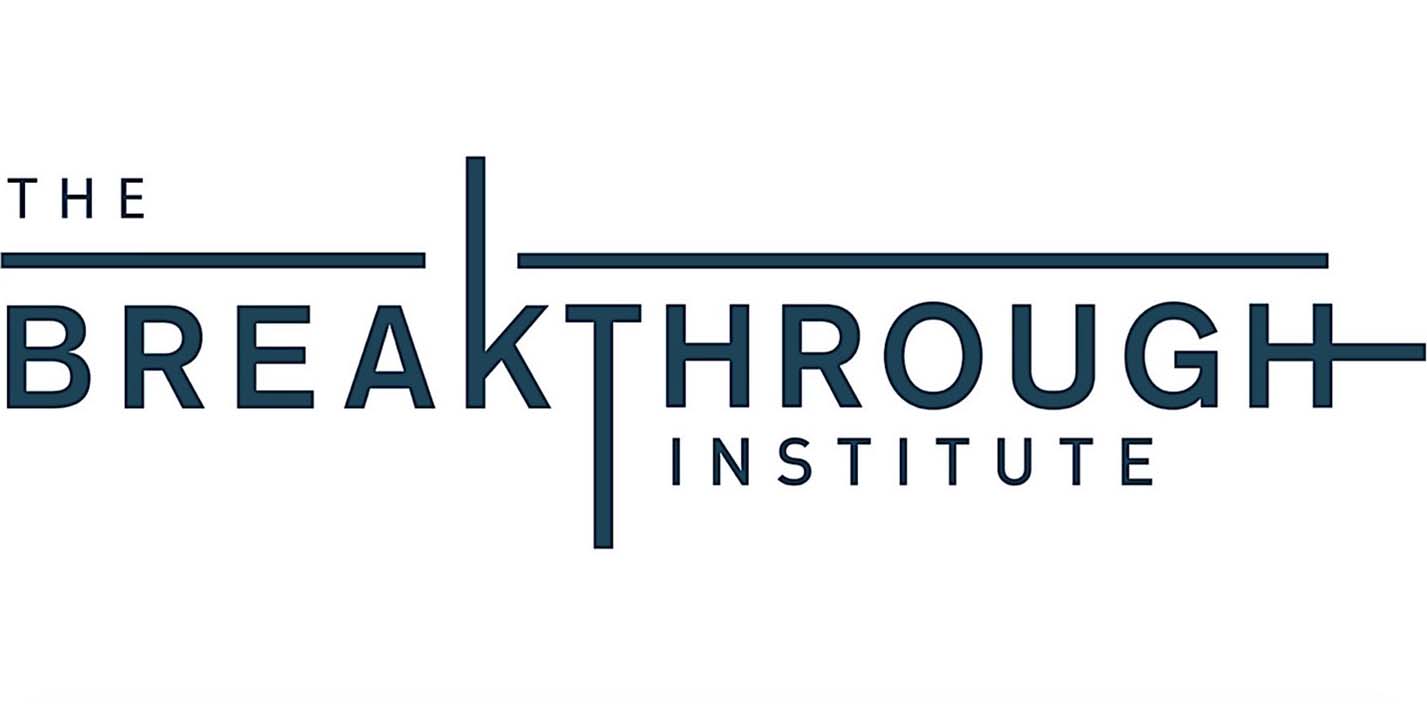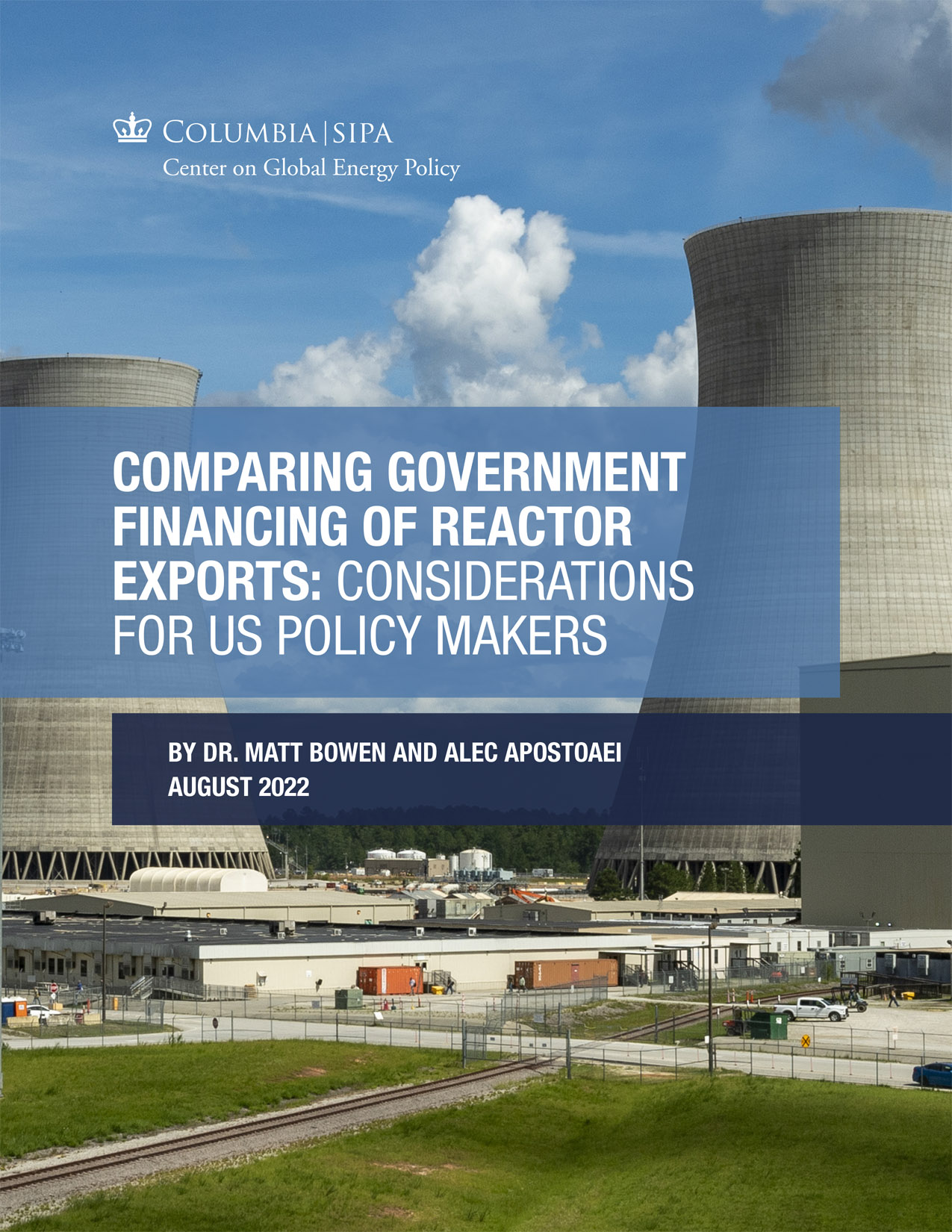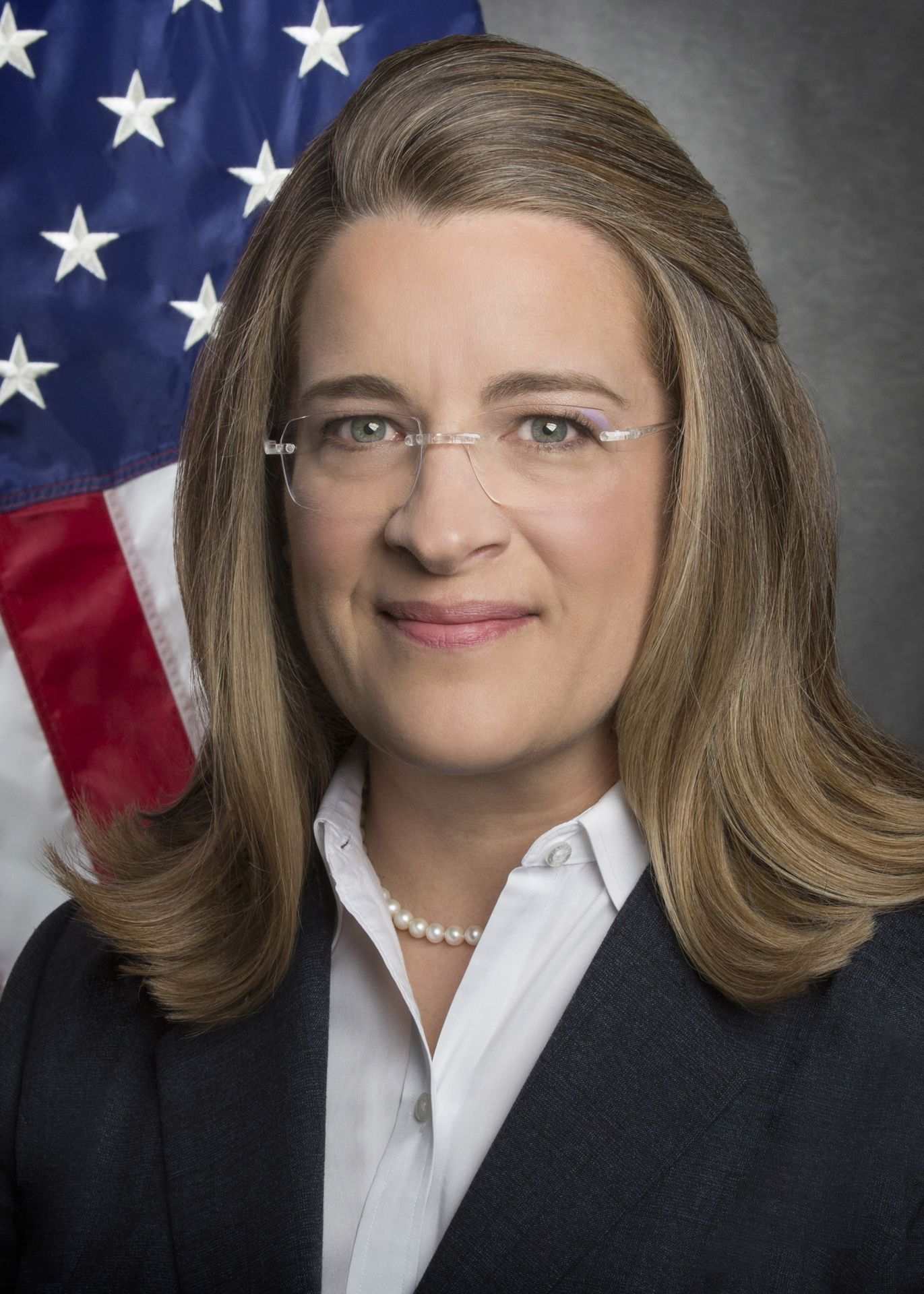Breakthrough Institute tells NRC to “go back to the drawing board” with Part 53 rule

The Breakthrough Institute’s analysis of the Nuclear Regulatory Commission’s draft proposal to modernize licensing regulations for advanced reactors has concluded that the latest proposed 10 CFR Part 53 rule language ”largely replicates the failed licensing rules that have hobbled the legacy nuclear industry for decades.”
A summary of the analysis, written by Ted Nordhaus, the Breakthrough Institute’s founder and executive director, and Adam Stein, the institute’s director for nuclear energy innovation, observes that the “draft framework is twice as long as either of the legacy, prescriptive licensing frameworks, Part 50 and 52, that it is intended to supplant. That is because the staff largely cut and pasted the old rules into the new framework, then added further burdensome regulations, including qualitative health objectives that cannot be complied with and expanded requirements for the notorious ‘as low as reasonably achievable’ radiation standard, a further invitation to endlessly ratchet regulatory requirements.”



 Nuclear energy “has exceptional characteristics that make it uniquely qualified to address all three facets of the energy trilemma: affordability, sustainability, and reliability,” according to a new report,
Nuclear energy “has exceptional characteristics that make it uniquely qualified to address all three facets of the energy trilemma: affordability, sustainability, and reliability,” according to a new report, 



 As energy security and environmental concerns prompt some countries to increase their reliance on nuclear energy or become first-time adopters of the technology, the U.S. government must decide whether it will offer financing for reactor exports—a move that poses financial risks but could create jobs, address global climate and energy security challenges, and limit Chinese and Russian influence. A new
As energy security and environmental concerns prompt some countries to increase their reliance on nuclear energy or become first-time adopters of the technology, the U.S. government must decide whether it will offer financing for reactor exports—a move that poses financial risks but could create jobs, address global climate and energy security challenges, and limit Chinese and Russian influence. A new 



